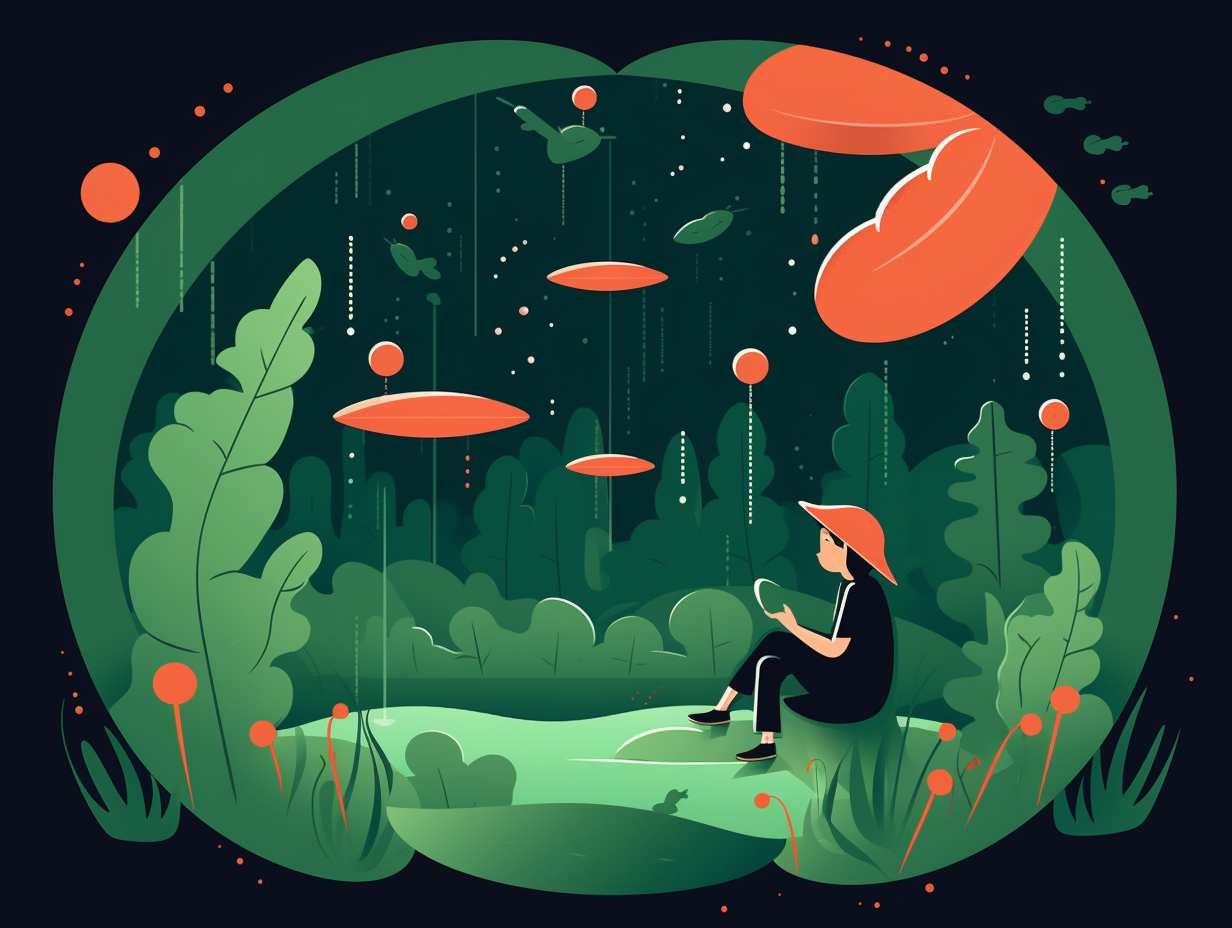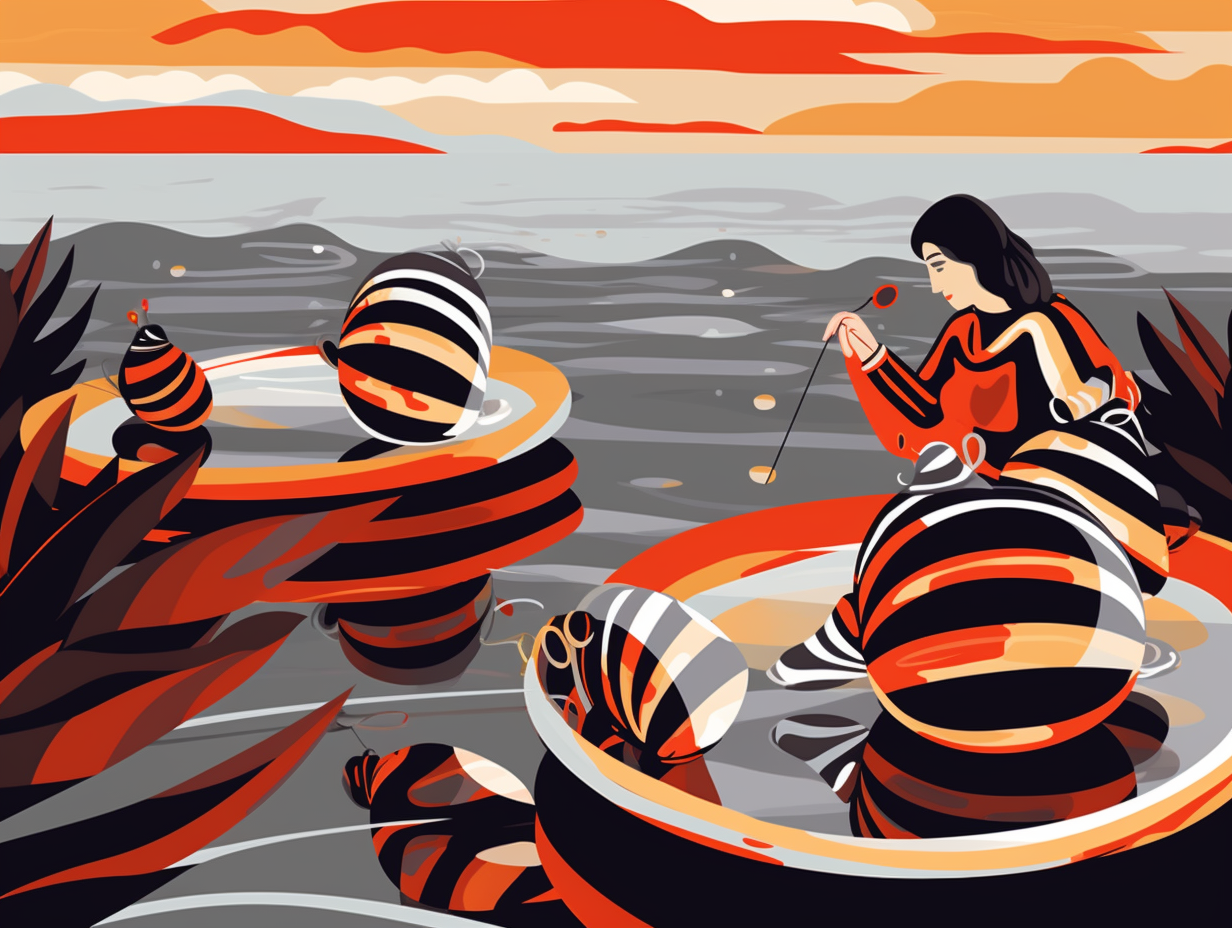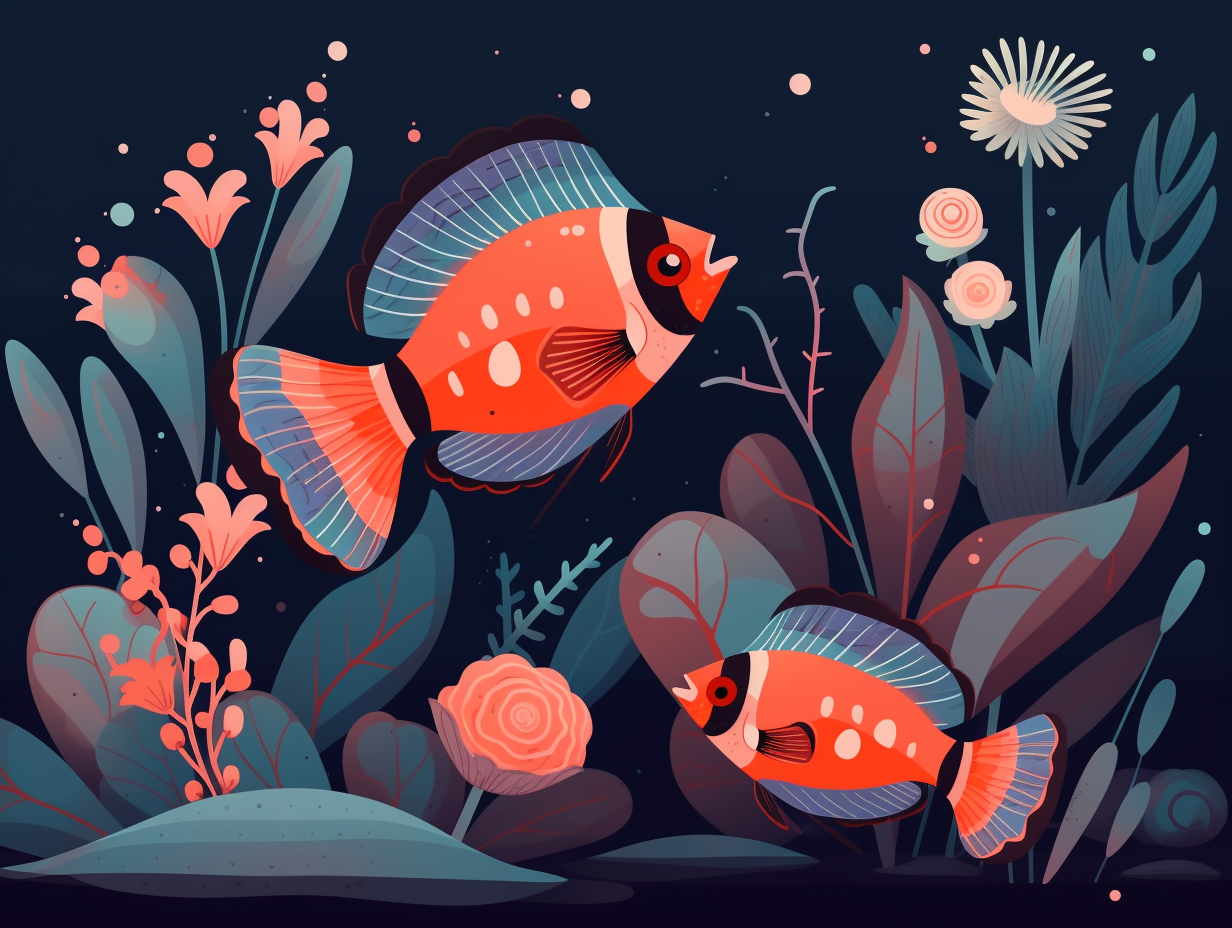Discover the Tiny World: Top 10 Amazing Fun Facts About Ciliates You Never Knew!
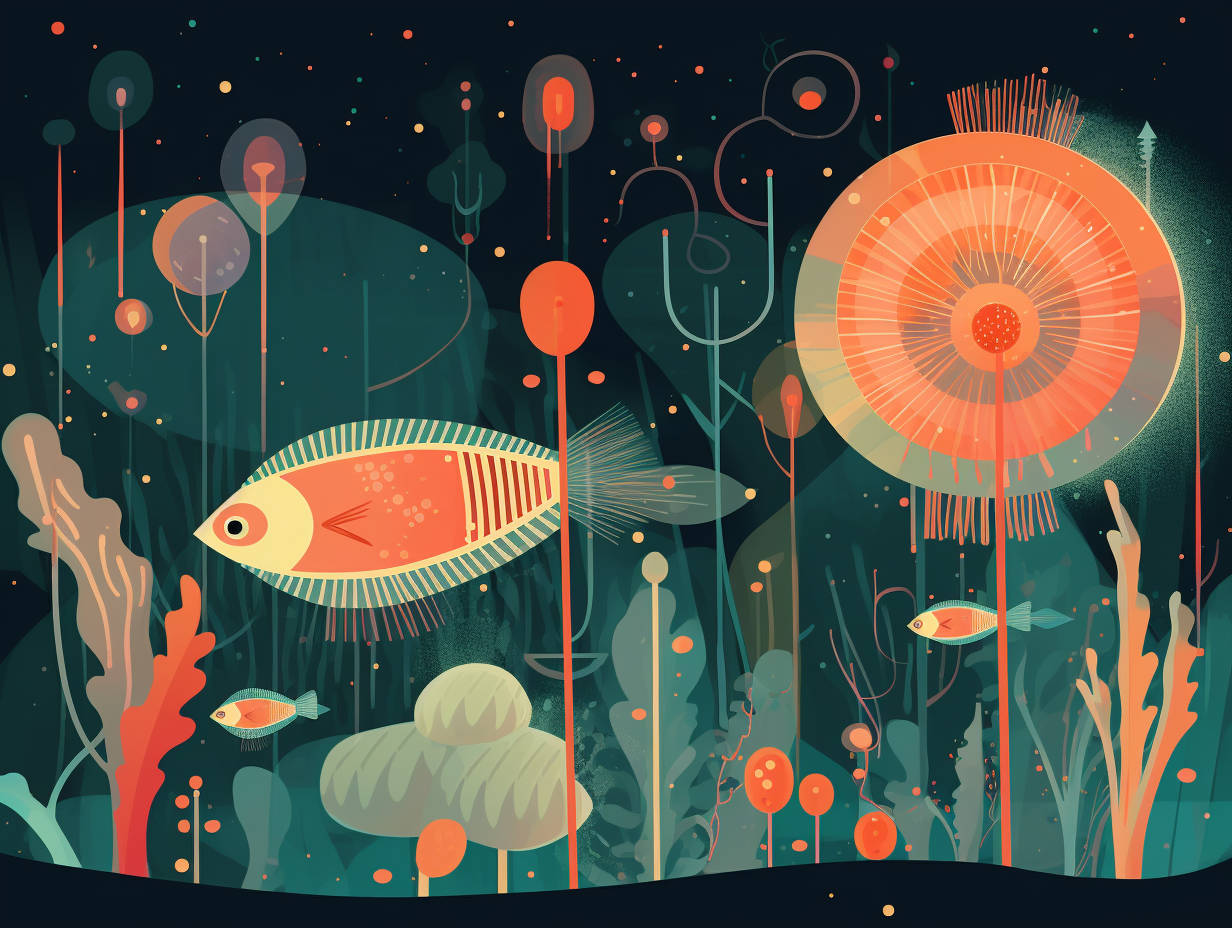
1. Ciliates: The Formula 1 Racers of the Micro World
Ciliates: tiny water-dwelling motorheads with a need for speed, they could teach a Formula 1 car a thing or two about efficiency! In a race for survival, these microscopic critters have revved up their cilia game to streamline their propulsion efficiency by 100-fold, proving that they've perfected the ideal cilia density for high-speed living – a remarkable achievement for such wee beings.
Source => ncbi.nlm.nih.gov
2. Shell-ular Couture: Ciliate Fashion Statement
Who needs fancy body armor when you've got shell-ular homespun couture? Move over, crabs, because these trendsetting tintinnids are rocking their loricae like it's nobody's business: Recent studies have revealed that these stylish ciliates adorn themselves with eye-catching, protective shells made not of chitin, but of proteins, making them not only fashionable but also vital to nutrient recycling within the ocean's benthic food web.
Source => ncbi.nlm.nih.gov

Did you know the fearsome T-rex was actually more of a scavenger than a hunter? Explore how its incredible sense of smell and 12 ⅞-inch teeth reveal a surprising truth behind this iconic dinosaur.
=> Fun Facts about Dinosaurs
3. Chloroplast Thieves: The Mixotrophic Edge
Who said stealing is always bad? These mischievous little ciliates have mastered the art of grand theft chloroplast: Ciliates, like the cunning Strombidium rassoulzadegani, snatch chloroplasts from algae they consume and use the stolen goods for their own photosynthesis, contributing significantly to marine planktonic food webs and giving them an unusual mixotrophic edge.
Source => frontiersin.org
4. Ciliate Autogamy: Dancing with Themselves
Ciliates may not have been invited to the tango, but they sure can dance with themselves in a wild and complicated way: these single-celled organisms have an autogamy party, where they fuse identical nuclei from within their own cell for a do-it-yourself zygotic nucleus formation, embraced by the intricate choreography of meiosis, karyogamy, and genome rearrangements.
Source => ncbi.nlm.nih.gov
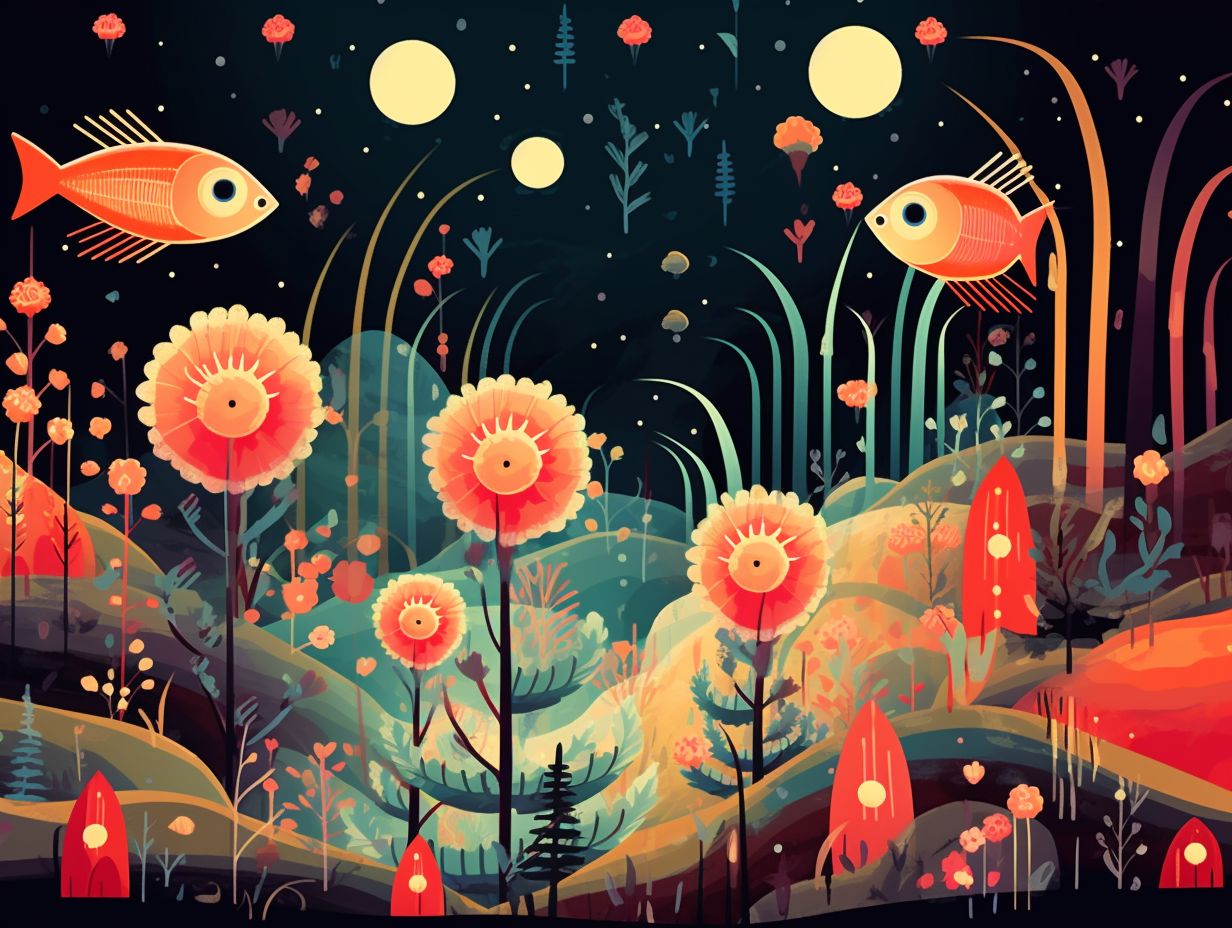
5. Micronuclei Matchmaking: Ciliate Love Connection
Imagine ciliates as microscopic dating show contestants, looking for that special cellmate to "micronuclei and chill" with: These little single-celled creatures partake in an unusual matchmaking process called conjugation, where two cells temporarily unite and romantically exchange haploid micronuclei, creating a diploid micronucleus with traits from both parents, which then blossoms into a lovechild – the new macronucleus.
Source => sciencedirect.com
6. The Voracious Vacuole: A Refined Eater
Beware the ravenous vacuole, gorging on the unsuspecting fish cell buffet: The parasitic ciliate Ichthyophthirius multifiliis feasts in a three-stage digestive cycle where it first devours almost intact fish cells, followed by an accumulation of dense materials, before expanding its vacuoles and later encysting and dividing after leaving the host. Curiously, during this part of the cycle, no new food vacuoles are formed. A voracious eater with etiquette, one might say!
Source => pubmed.ncbi.nlm.nih.gov
7. Ultimate Party Hosts: Ciliates and Their Guests
Ciliates: the ultimate party hosts, inviting green algae, dinoflagellates, and cryptomonads to live inside them and share organic snacks all year long! No need for BYOB or RSVP in this microscopic bash: these mixotrophic ciliates dominate entire ciliate communities in their habitats, thriving everywhere from oxygen-rich waters to gasping-for-air zones.
Source => pubmed.ncbi.nlm.nih.gov
8. Trumpet Animalcule: The Maestro Roommate
Looking for a tiny roommate? Meet the Trumpet Animalcule, nature's microscopic maestro, ready to toot their way into your heart: These Stentor ciliates are surprisingly large unicellular organisms, reaching up to two millimeters, found in freshwater habitats, often attached to algae or detritus, and can regenerate from just a small fragment. Plus, they come in different colors, with some even being blue due to a natural pigment called stentorin!
Source => en.wikipedia.org
9. Cilipatra: Queen of Intricate Cell Structure
Cilipatra, Queen of Ciliates – reigning champ in the microscopic world, conqueror of microtubules, and star of her very own cellular soap opera – really knows how to strut her cell stuff and put on a show! These ciliates are more than just pretty faces, though: They are capable of complex behaviors, using intricate geometrical structures made up of microtubules, active systems, electrical signaling, and chemical sensors, which researchers are eager to study and possibly replicate for engineering purposes.
Source => ncbi.nlm.nih.gov
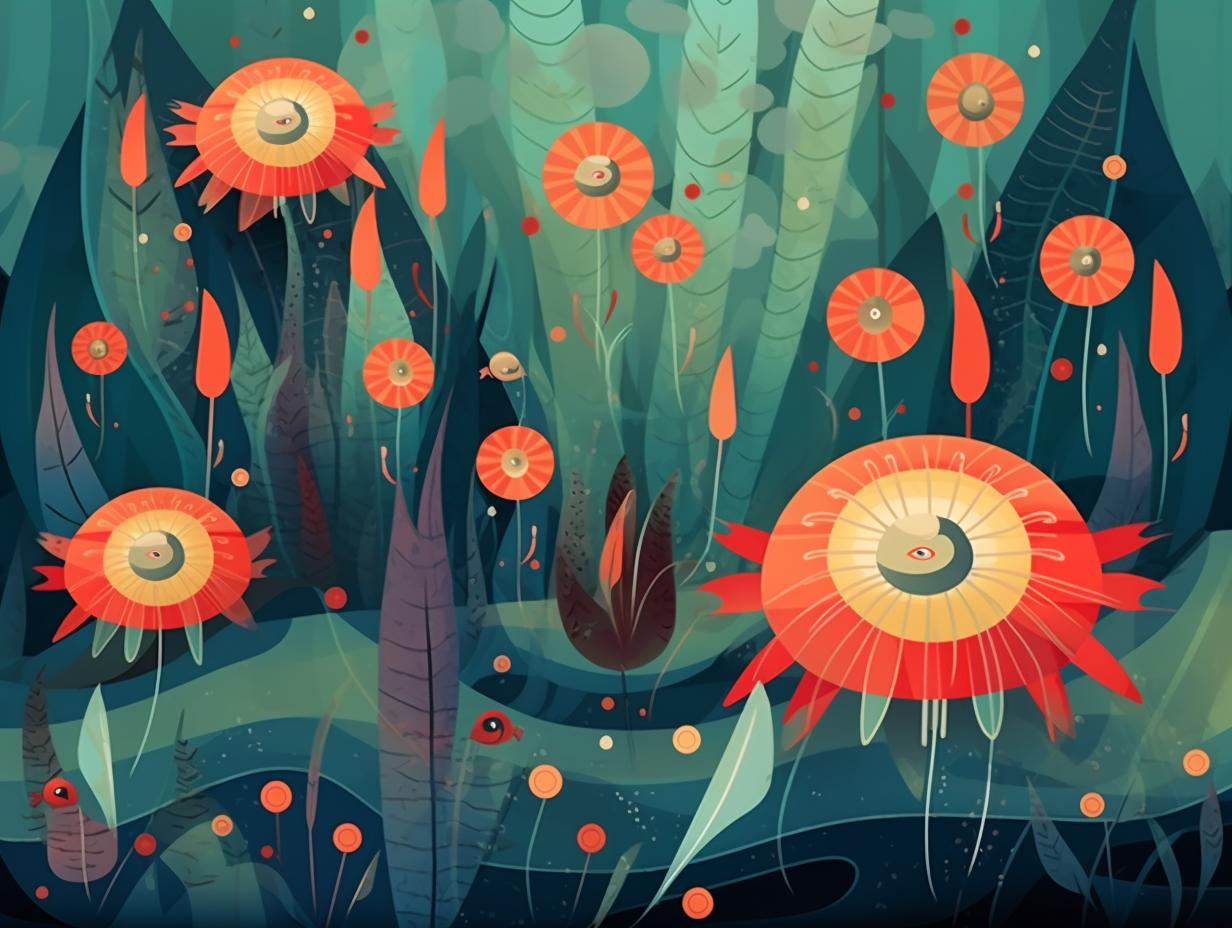
10. Symbiotic Soiree: Algae Crash the Ciliate Party
Think algae are just freeloading greens? Think again: Some ciliates have evolved to become swinging bachelors to invite these photosynthesizing party crashers into their cellular homes, resulting in a spectacular symbiotic soiree. In this alliance, the generous algae contribute to the ciliate's dining pleasure while the ciliates themselves reach biomass levels equal to phytoplankton, making them aquatic ecosystem MVPs.
Source => sciencedirect.com
Related Fun Facts
















